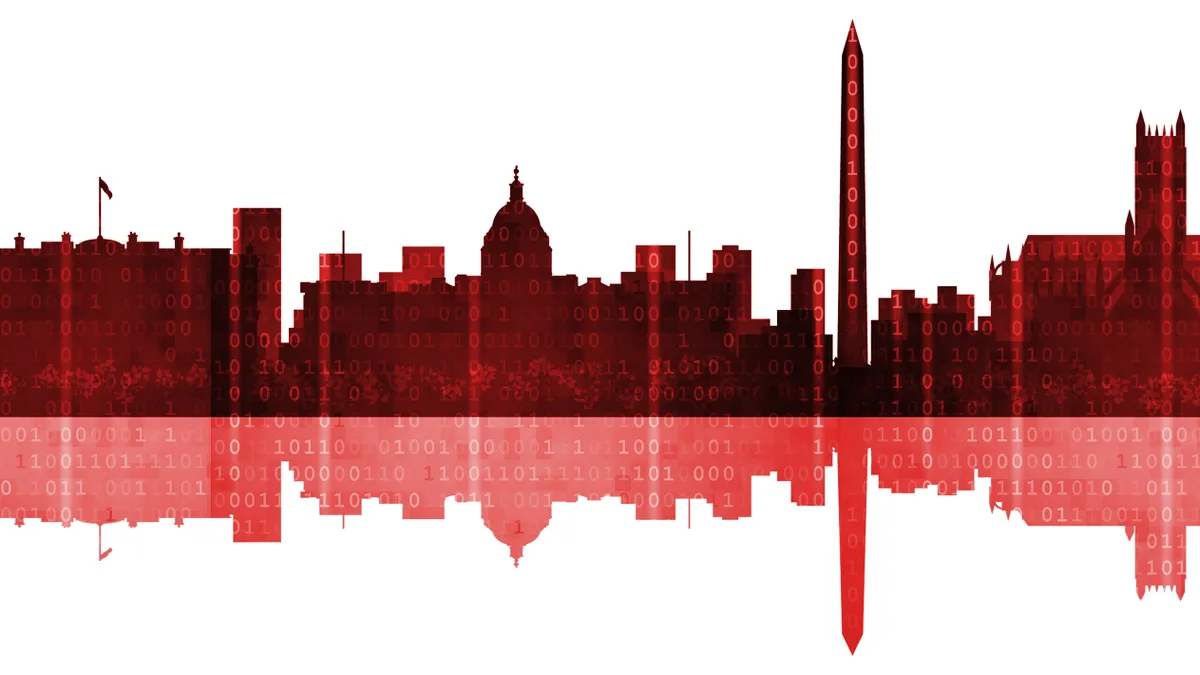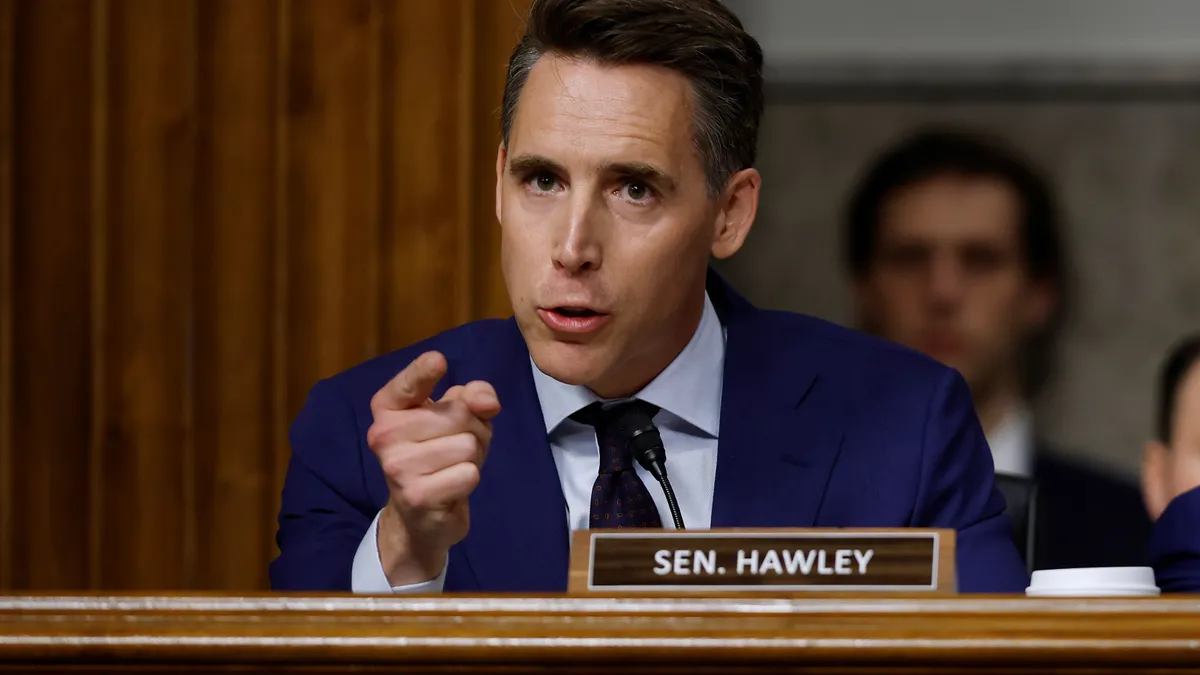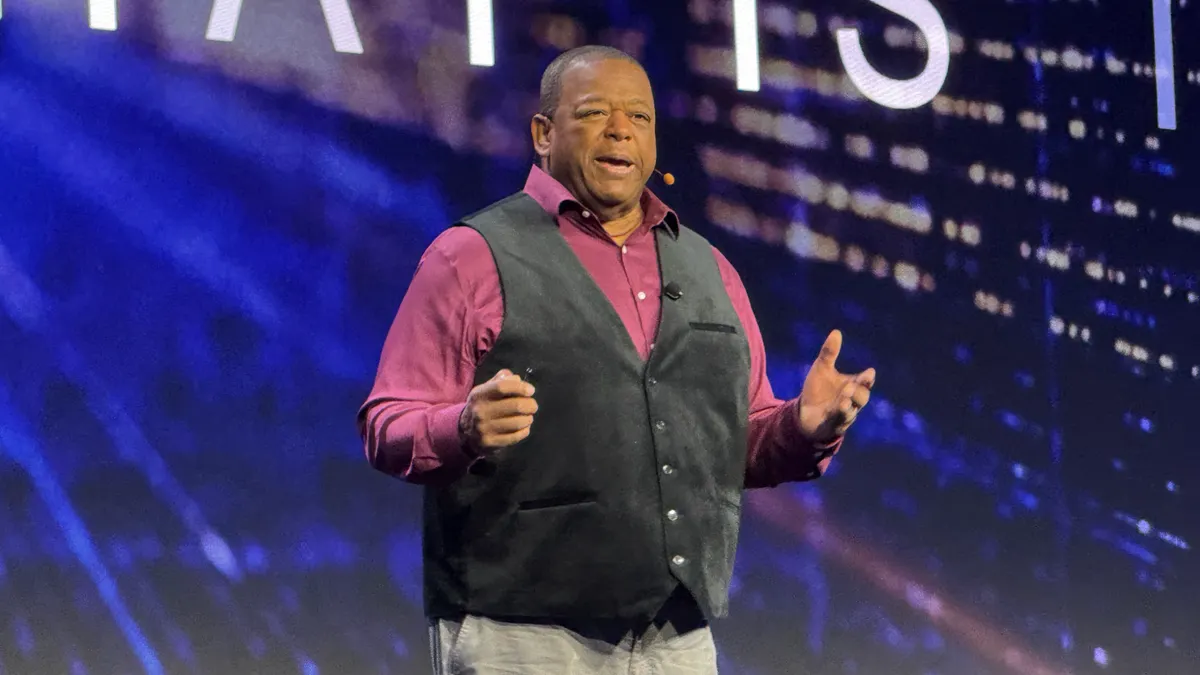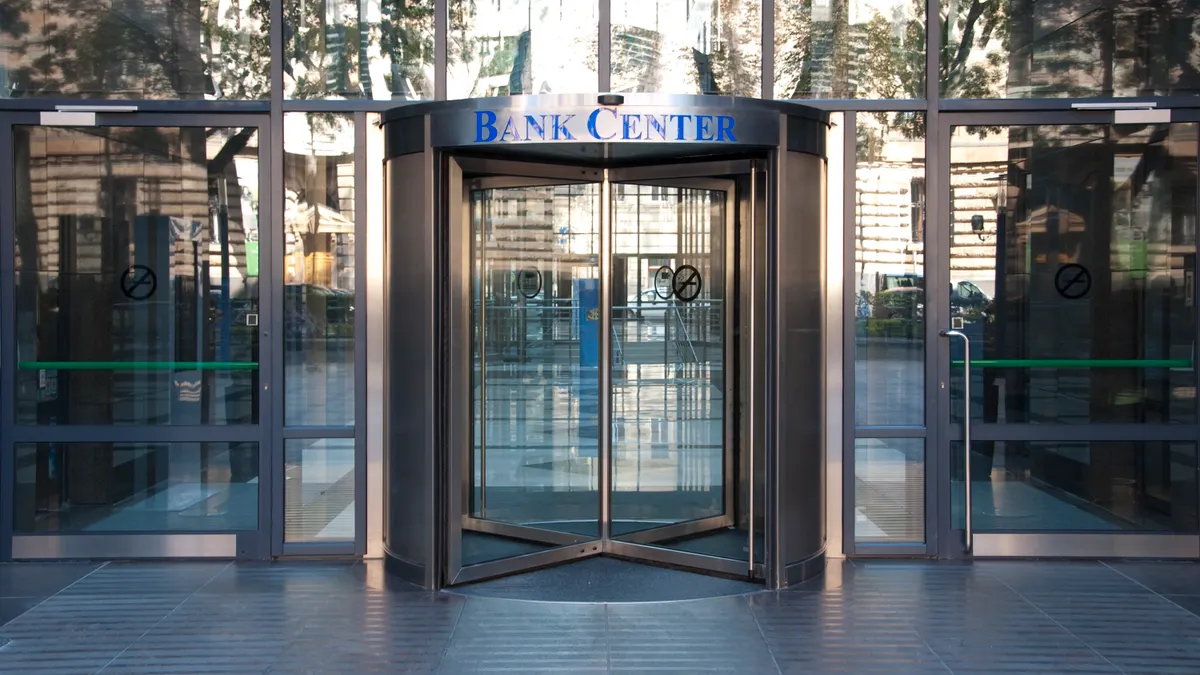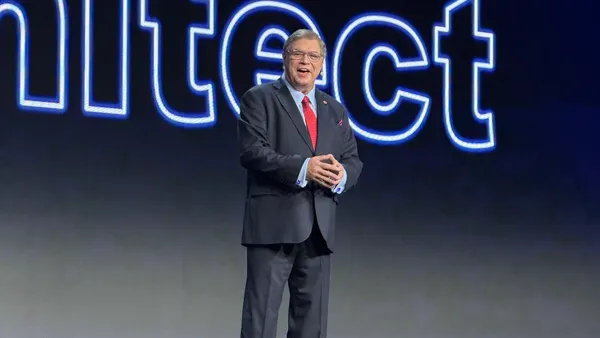Editor's Note: This is a first in a series of stories looking into the federal IT space. Stay tuned for a peek into the National Science Foundation's successful infrastructure migration.
Federal CIOs are overwhelmed, burdened by an outdated infrastructure and the perception of IT as a "cost center" rather than an innovator for digital strategy. Federal IT finds itself looking to Congress to alleviate the default pressures of its role through transparency in budget and access to other C-suite officials. In the meantime, there is much turnover for CIOs at the federal level.
Progress has been made toward bettering federal IT with legislative efforts, such as the Senate's recent approval of the Modernizing Government Technology Act, aiming to refund stalled modernization, and 2014's Federal Information Technology Acquisition Reform Act, meant to aid CIOs in their access to agency leadership.
Still, there is uncertainty in federal IT. Five CIOs departed their roles in August:
- Rob Foster, Department of the Navy
- Jonathan Alboum, Department of Agriculture (USDA)
- Dave DeVries, Office of Personnel Management (OPM)
- Sonny Bhagowalia, Department of the Treasury
- Richard Staropoli, Department of Homeland Security (DHS)
But the departure that brought the most attention was the resignation of Staropoli, which came just months after his late-April appointment. The reason for his departure remains unclear, according to The Hill.
The DHS IT budget is $6.8 billion of the federal government's overall $80 billion IT budget. The Treasury and USDA budgets are also some of the largest in the government, allocating $4.3 billion and $3 billion, respectively, according to the federal IT Dashboard. Following the departures, or in some cases reassignments, those budgets are left without permanent CIO oversight.
The lack of budgetary delegation is only part of the impact agencies feel when leadership is not in place. Unintentionally hurting agencies as a whole, inconsistent leadership stalls tangible improvements on IT infrastructure, modernization efforts and cybersecurity.
Leadership turmoil "just introduces a lot of uncertainty in terms of the future direction of the organization," said Rick Holgate, a federal IT analyst for Gartner. "It tends to result in agencies losing momentum to the extent that they had any built up, it tends to fade when you lose leadership who can keep up the pace and keep the focus on the goals."
Tenure of federal CIOs
Some agencies say the departure of CIOs is a natural shift in leadership coinciding with a new presidency. But most agencies are apolitical, except for leadership in agencies like the Department of Veterans Affairs and DHS.
"The CIO of DHS is presidentially appointed to support the department's mission. Generally, the incumbent of the position changes at the start of each administration," according to a DHS spokesperson, in a statement given to CIO Dive. Steve Rice, deputy CIO, will serve as the acting CIO until another presidentially appointed CIO is named.
CIOs in the private sector have a tenure of about 4.3 years, but "there is no discernible pattern to the average tenure of federal CIOs," said Holgate. "It tends to be relatively shorter than the lifespan of modernization efforts, but it is not typically tied to an administration transition."
Exceptions for shorter federal IT leadership tenure include Mark Schwartz, former CIO of the U.S. Citizenship and Immigration Services of the DHS. Schwartz was CIO from June 2010 to June of this year before leaving for Amazon Web Services.
CIOs can get discouraged when budget cuts threaten the technical innovation side of IT, Schwartz said, in an interview with CIO Dive. "We spend a huge amount mitigating the risk of spending that one dollar on creation, and that wears you down after a while," Schwartz said.
Citing personal reasons, DeVries left OPM, and now Rob Leahy will serve as acting CIO. Dave DeVries took over after OPM suffered a mass data breach in 2015 and became the third CIO of OPM since Donna Seymour left the position in 2016.
In addition to CIOs leaving, some agencies have reassigned CIOs to new roles but have not yet named a replacement, though most have interim CIOs in place. Former Treasury Department CIO Sonny Bhagowalia has a new position at the Bureau of Fiscal Services, and deputy CIO Eric Olson will serve as the acting CIO.
Alboum left the role after USDA offered a number of the senior executives temporary assignment to new roles, according to an agency spokesman.
"The slowness of the Trump administration in its making appointments has left federal agencies very thin on leadership and that certainly applies to CIO positions. We still don't have a Federal CIO," said Andrew Bartels, a federal IT analyst for Forrester.
Priorities of federal IT
A 2017 Gartner report states there are seven main stressors for federal CIOs, including cybersecurity, legacy modernization and the idea that IT is cost center rather than a strategic part of an agency's future.
Most agencies unburdened by transaction processing systems have been aggressive in their cloud adoption and modernization. However, agencies such as the Social Security Administration and the IRS have been far slower, according to Bartels.
Some of the U.S. government's current IT systems are 15 years old, which Holgate said is four to five years older than the average tech of private sector companies. Three-quarters of the federal IT budget is allocated toward maintenance, leaving minimal funds for modernization projects.
Many IT efforts are outliving the tenure of agency CIOs. While this is not uncommon, tenures ending after just a few months are not long enough to see any functional impacts. IT departments are forced to realign IT vision when leadership is abruptly replaced, but such transitions can also be helpful in bringing a new perspective.
Dorothy Aronson, the acting CIO of the National Science Foundation (NSF), has taken the role in stride. She inherited the NSF's current infrastructure virtualization move following the death of former NSF CIO Amy Northcutt. Despite the sudden vacancy, Aronson was still able to execute on the department's IT modernization along with the agency moving to a new location in Alexandria, VA.
Aronson is proof that there can still be success in the wake of leadership uncertainty, but the GAO lists "leadership commitment" as criteria for its 2017 High Risk List of effectiveness in government management. And right now, some agencies are "just running on autopilot," according to Bartels. "They are doing what they were doing before the new administration came in because they have not gotten any clear direction that says do something differently," Bartels said.
Federal agencies will continue the efforts left by previous leadership until new direction is given. "We're cautiously optimistic about the attention the administration has given to modernization opportunities, cybersecurity opportunities, moving to more an enterprise approach to IT across fed agencies," Holgate said. But what remains to be seen is "tangible, recognizable differences at the federal level," according to Holgate.
"The signals of intention are good and strong, but what we're waiting to see is the extent to which that translates into practical implementation," Holgate said.



